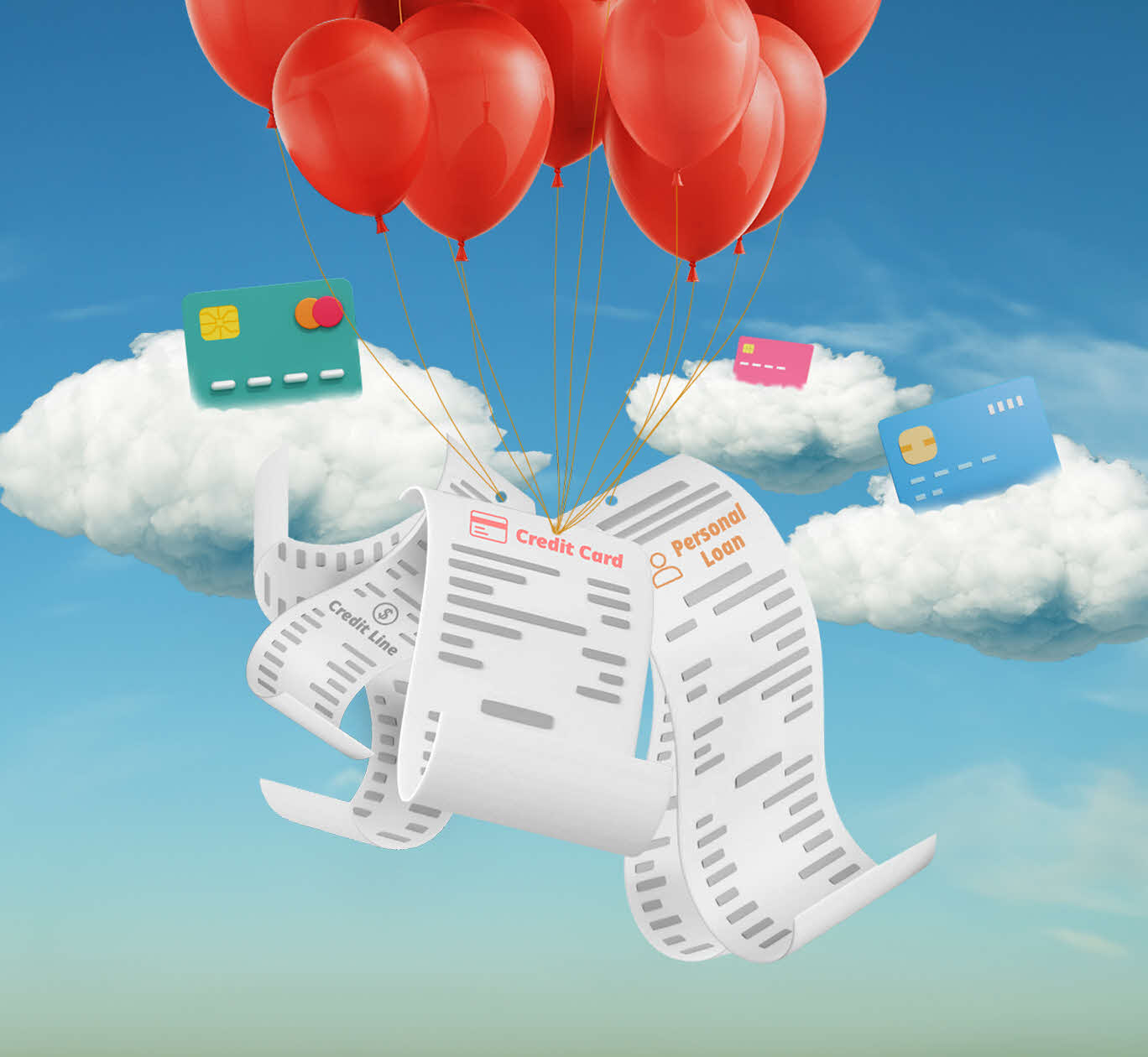DRS – A lifeline to avoid bankruptcy
If you’ve only got a minute:
- The Debt Repayment Scheme (DRS) can keep bankruptcy at bay.
- It is initiated if you file for a bankruptcy or if your creditors start bankruptcy proceedings against you.
- To qualify, your total unsecured debt must not exceed $150,000 and you must be employed and earning a regular salary, among other criteria.
- If you successfully repay your debts at the end of the 5-year period of the DRS, you will not be recognised as insolvent.
If you find yourself knee-deep in debt and are beyond the Debt Consolidation Plan (DCP), there is still a lifeline that can help you avoid bankruptcy: the Debt Repayment Scheme (DRS).
Administered by the Official Assignee (OA) from the Ministry of Law’s Insolvency Office, it is for people in more dire financial straits and who have filed for bankruptcy or have bankruptcy proceedings initiated against them.
Comparing the Debt Repayment Scheme (DRS) and the Debt Consolidation Plan (DCP)
|
|
DRS |
DCP |
|---|---|---|
| Type of Debt | All unsecured debt (claims filed by lenders with the Insolvency Office) | Unsecured debt, with some exceptions such as renovation and education loans and joint accounts |
| Debt amount | Up to $150,000 | More than 12 times of your monthly income |
| Tenure | Up to 5 years | Up to 8 years* |
| Interest rate | None | Generally lower than other unsecured debt |
*Based on DBS Debt Consolidation Plan

It is not application-based but instead, initiated if you file for bankruptcy or if your creditors or lenders start bankruptcy proceedings against you. The OA will assess your eligibility for the DRS.
The eligibility criteria include1:
• Total unsecured debt of up to $150,000
• Employed and earning a regular salary
• Not been a bankrupt or on the DRS in the past 5 years
• Not been subjected to a court-based arrangement with creditors in the past 5 years
• Not a sole proprietor/partner in any business
Sources: Ministry of Law, “Information for Debtors”. Retrieved 27 Apr 2023.
If you are deemed eligible, the OA will help you draw up a debt repayment plan. You must then start paying off your debts through the OA within the agreed period of up to 5 years.
Doing so will release you from the debts that you had disclosed or were filed by the lenders. Otherwise, your creditors may initiate a fresh round of bankruptcy proceedings against you.
The main advantage of the DRS is that your name will not be published publicly, whereas a bankrupt will be publicly recognised as insolvent.
In addition, unlike in a bankruptcy, you face no travel restrictions, have a fixed period to repay debts, and can maintain a regular savings account.
Ready to start?
Speak to the Wealth Planning Manager today for a financial health check and how you can better plan your finances.
Alternatively, check out Plan & Invest tab in digibank to analyse your real-time financial health. The best part is, it’s fuss-free – we automatically work out your money flows and provide money tips.
Disclaimers and Important Notice
This article is meant for information only and should not be relied upon as financial advice. Before making any decision to buy, sell or hold any investment or insurance product, you should seek advice from a financial adviser regarding its suitability.








That's great to hear. Anything you'd like to add? (Optional)
We’re sorry to hear that. How can we do better? (Optional)